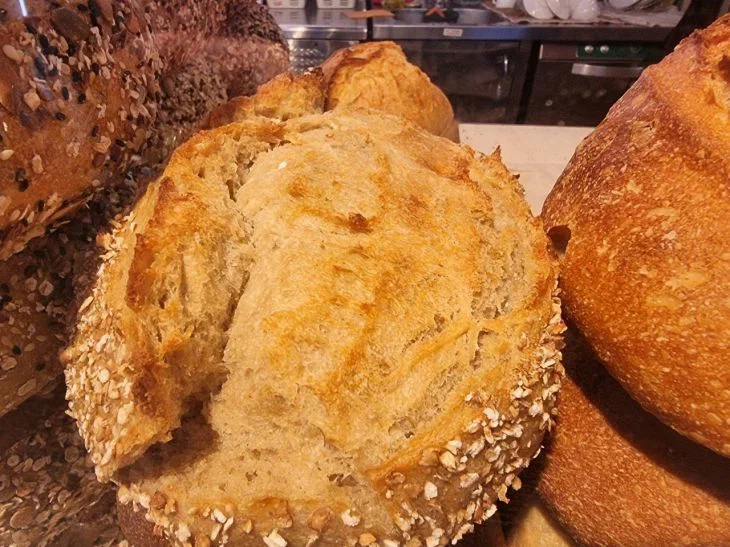Imagine: you take yesterday’s loaf of bread out of the cupboard, and it looks more like a wooden board than an appetizing pastry.
It's all about starch crystals. When they cool, they lose moisture and harden, turning the crumb into a dense mass. But this process is reversible - it is enough to "wake up" the water molecules remaining in the product.
This is the principle behind the wet towel method, which has been used in professional bakeries for decades but for some reason hidden from homemakers.

Take a thin cotton towel - synthetics can give off an unpleasant smell when heated.
Wet the cloth under the tap, squeeze it so that the water does not drip off, but when squeezed in the palm of your hand, moisture remains. Wrap the loaf completely, as if you were wrapping it in a blanket.
Preheat the oven to 70–80 °C. If the temperature is higher, the bread will brown rather than steam. Place the bundle on the rack, leaving the door slightly open to allow air to circulate.
After 10 minutes, remove the towel and leave the bread for another 5 minutes - this will make the crust crispy and not soggy.
No time to mess around with the oven? Place the loaf wrapped in a damp napkin in the microwave for 20 seconds. Add a glass of water to the chamber to avoid overdrying.
Another option is to use a steamer: 3-4 minutes over boiling water, and the bread will become airy again.
To avoid this problem in the future, store bread in a linen or canvas napkin at room temperature. These materials maintain optimal humidity, preventing rapid drying.
If you don't plan to eat the loaf in the next few days, cut it up and freeze it right away - then you can reheat it in portions in a toaster.
Interestingly, in some countries stale bread is valued more than fresh bread. For example, in France it is specially dried for panzanella salads, and in Italy for croutons called crostini.
So next time, before you throw away a stale loaf of bread, remember: with the right approach, it can become the highlight of a new dish.
